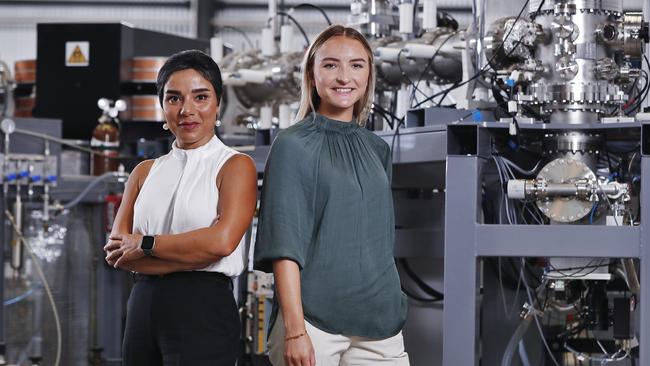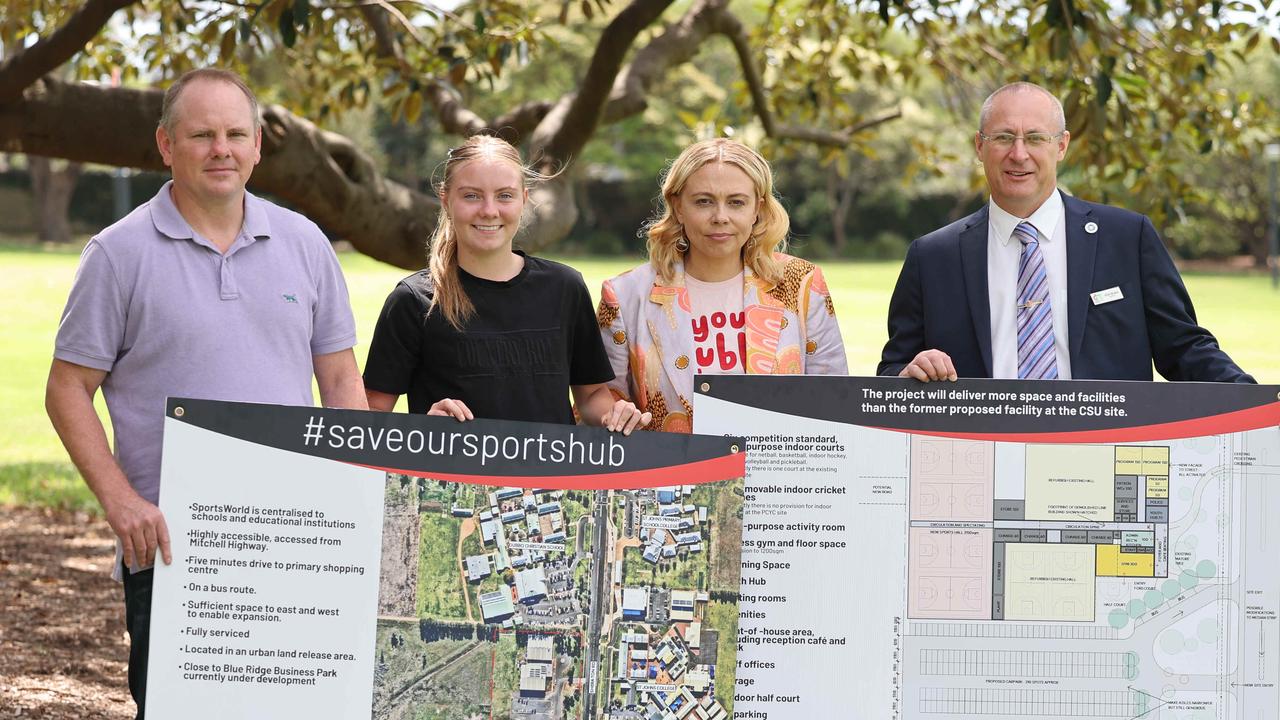Australian scientists behind NCEPT cancer treatment breakthrough
Australian scientists say a breakthrough that targets rare forms of cancer like a “guided cruise missile” could be available within two years.

NSW
Don't miss out on the headlines from NSW. Followed categories will be added to My News.
A Sydney scientist says a treatment breakthrough will allow doctors to target rare and incurable forms of cancer like a “guided cruise missile” – and it could be available for patients within two years.
Dr Mitra Safavi-Naeini is leading a crack international squad who have discovered a new “one-two punch” method of treating cancer, which they say will use just a third of the radiation of chemotherapy and will be less harmful to patients.
It’s hoped the breakthrough will also breathe new hope into the battle against insidious, incurable brain cancers like DIPG, which almost solely impacts children and has a zero per cent survival rate.

Called NCEPT (Neutron Capture Enhanced Particle Therapy), the approach involves using beams of radioactive protons or ions to precisely target tumours, resulting in fewer side effects for those undergoing treatment.
“Chemotherapy doesn’t really target cancer. It’s more like carpet bombing the body and relying on the fact normal tissue is better at recovering and rebuilding than a tumour,” Dr Safavi-Naeini, the research lead at the Australian Nuclear science and Technology Organisation (ANSTO), said.
“In particle therapy, you can narrow your target to the tumour level, so to continue the war analogy – it’s more like a guided cruise missile.”
In what she described as a “one-two punch”, Dr Safavi-Naeini said scientists had also worked out how to harness leftover radiation to mop-up left over cancer cells and prevent relapse.
Following successful use on test tube cells, the new treatment is now set to be trialled on animals, before clinical trials are held in Japan.

Dr Safavi-Naeini said there was hope the new method could bring hope to patients suffering from incurable cancers like DIPG – a rare but deadly brain stem cancer diagnosed in 20 Aussie kids every year.
“We are very hopeful that NCEPT will be a powerful new tool for the treatment of cancers for which no viable treatments currently exist,” she said.
“The one-year survival rate for upper brain stem cancer is effectively zero, and we hope that NCEPT will offer a new treatment option for these patients, by targeting both the tumour and the cancer stem cells.”
Working alongside an international consortium of research partners in Japan, Germany, the US, and Italy, Dr Safavi-Naeini said she was confident the new method could be approved for trial use on patients within two or three years.
She said the method could also offer hope to those fighting complex liver, lung and stomach cancers which have a high rate of relapse.
“We think the biggest impact could be on cancers thought to be untreatable … it’s exciting,” she said.





